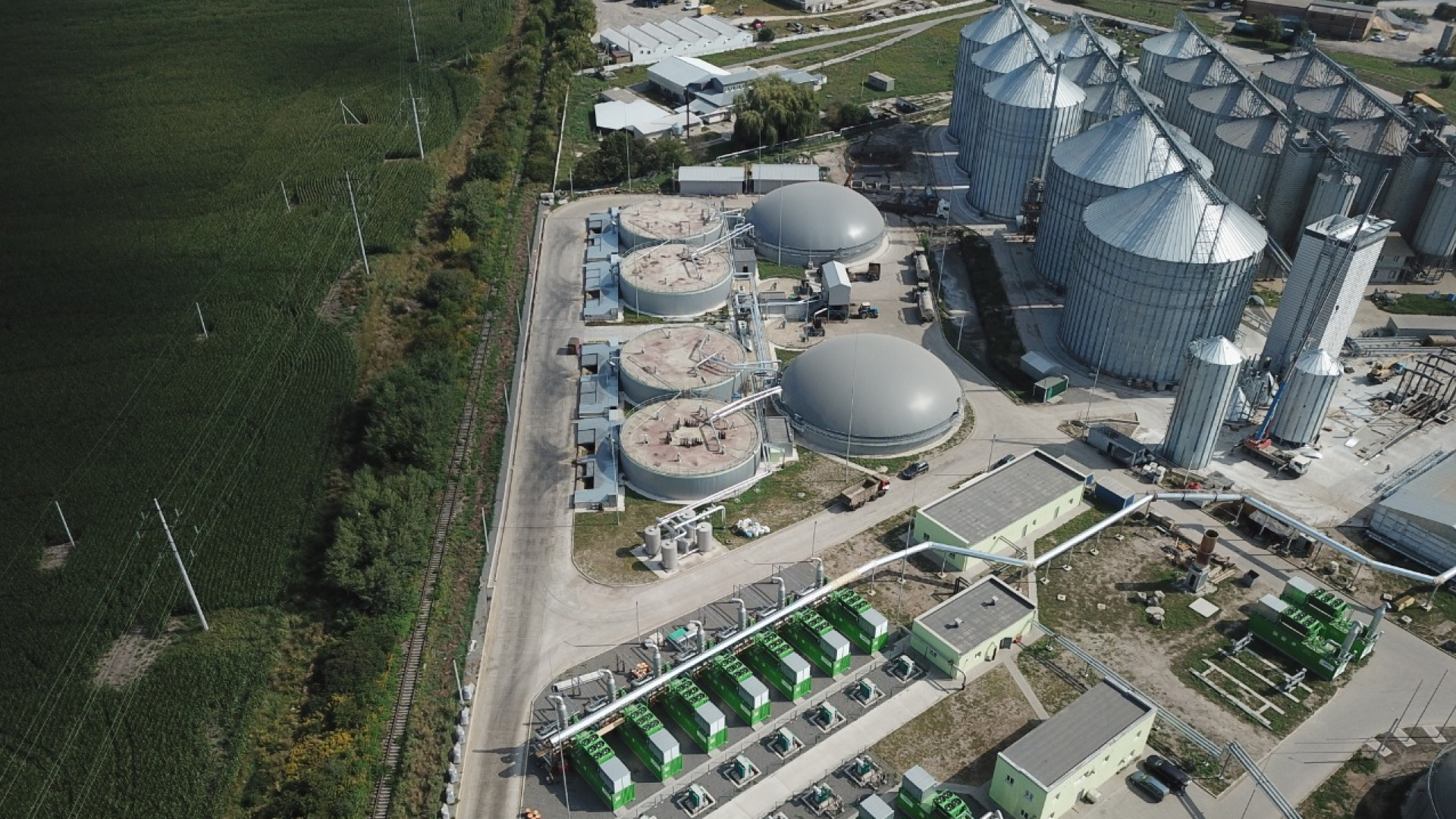
Bio Gas Plant – Convert Waste In To Profits
.
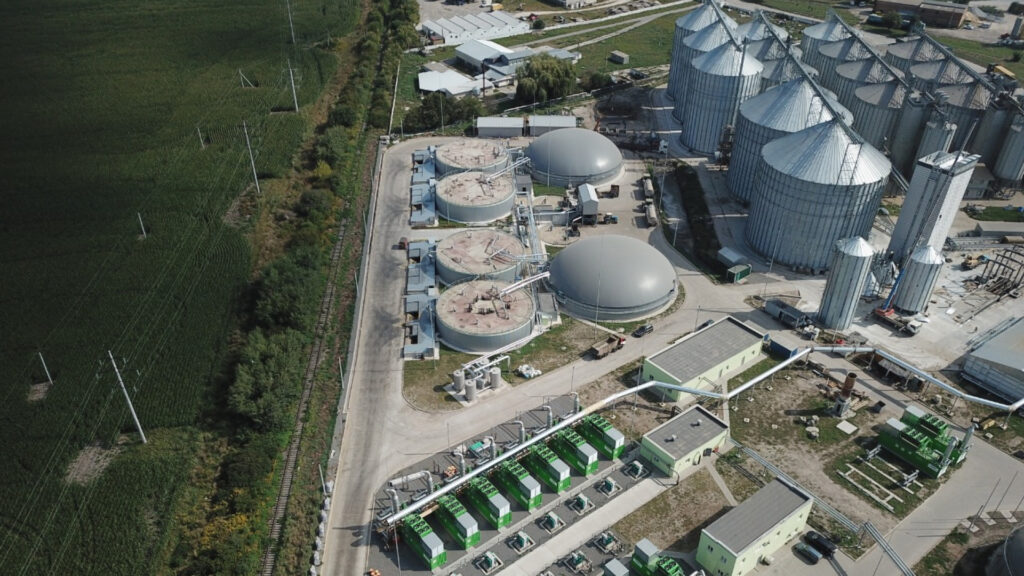
As our society progresses care for the environment has become an important aspect. In continuation to the same wet garbage generation, handling and safe disposal have become an issue that needs to be addressed on priority. A solution to the same is required as only then we would be able to fulfill our environmental, social and national aspirations. Along with we also want the solution to be such that it is of commercial benefit for the individuals
For us at, cradlewaste.com development of natural resource conservation techniques and alternative fuel technologies hold prime importance and We provide assurance for that we will continually strive to attain the same. After seeing our future growth prospects and the potential to excel in the field, Bhabha Atomic Research Centre (B.A.R.C.), the nodal agency of Indian Government, has signed a license agreement to ensure technology transfers in the use of Biogas plants. This implementation would be based on a technology known as “Nisarga Runa” (which means a debt that all of us owe to the Environment) and has been developed the best scientists of the region.
The broad range of solutions for Solid Waste Management includes the following features:
Biogas plants for wet bio garbage waste
These ensure efficient disposal of bio or solid waste and sludge that originates from the treatment plants.
Move on the read the unique advantages that this process offers us:
- The Biogas that is generated using this process can be further used for cooking, heating and electricity generation,
- The Sludge/Slurry that is generated proves to be excellent manure which can further be used for vermiculture and enriching plant health.
- A mechanical waste composter converts the garbage into manure. We also have sludge dewatering systems for small and bigger size treatment plants.
Using these processes we can break down the organic waste to create an effective fuel source that is BIO-GAS. The usage of the same can not only reduce the LPG consumption that we do in domestic as well as industrial contexts. Not only that this fuel can be used effectively to generate electricity.
Waste food biogas system creates fuel gas which is of great use for everyday consumption. Apart from that the slurry that is produced from these plants, acts as a rich fertilizer and that enhance the quality of produce. The biogas plants we operate work on the Tri -phasic anaerobic process and this ensures a continuous supply of biogas and excellent control over how things operate. We have also created Standard Pre-fabricated and ready to fit models along with Gas burners to suit the needs of the average consumer.
| Model no | Qty of waste feed, Kg/day | Amount of Biogas produced (approx.) | Equivalent saving in LPG (approx.) | Space required | Water required Lit/day |
|---|---|---|---|---|---|
| CW-300 | 1.5 kg/day | 200 liters | 0.10 kg | 0.5 m2 | 2 |
| CW-500 | 2.5 kg/day | 300 liters | 0.15 kg | 0.8 m2 | 3 |
| CW-750 | 4 kg/day | 400 liters | 0.25 kg | 1.5 m2 | 5 |
| CW-1000 | 6 kg/day | 550 liters | 0.4 kg | 1.7 m2 | 7 |
| CW-2000 | 20 kg/day | 16000 liters | 1.2 kg | 6 m2 | 20 |
Biogas Plant
The Biogas Plants we create are supplied and installed based on the,
- Floating Dome Biogas concept
- Fixed dome Biogas concept
Biogas Plants Are Ideally Suited For
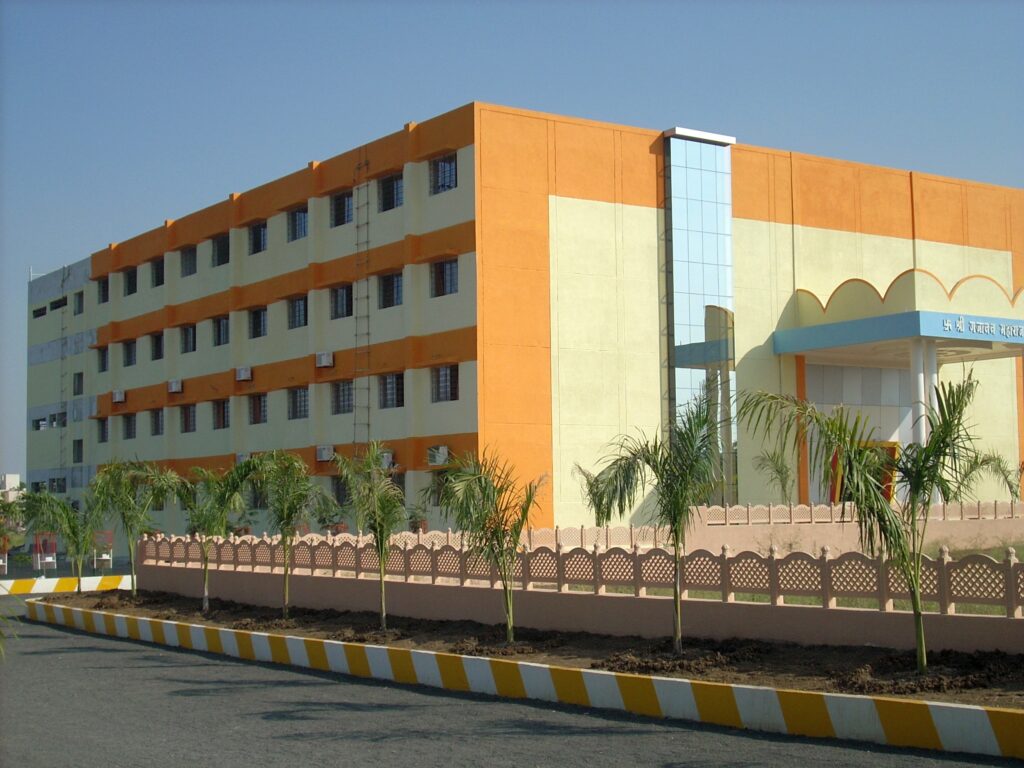
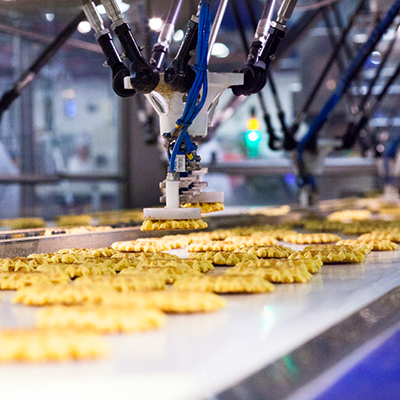


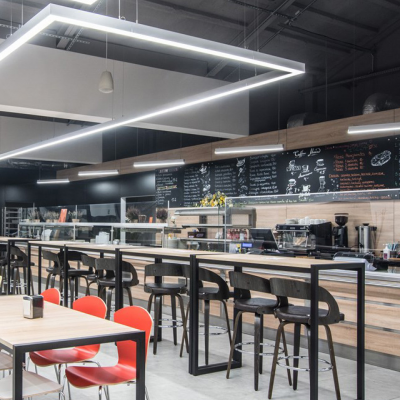
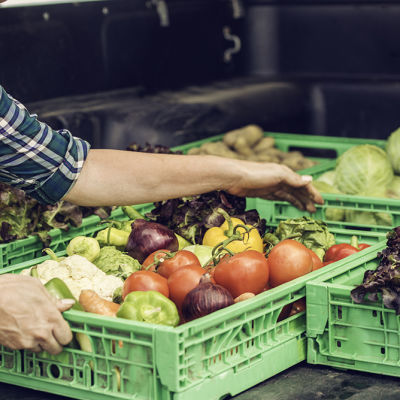
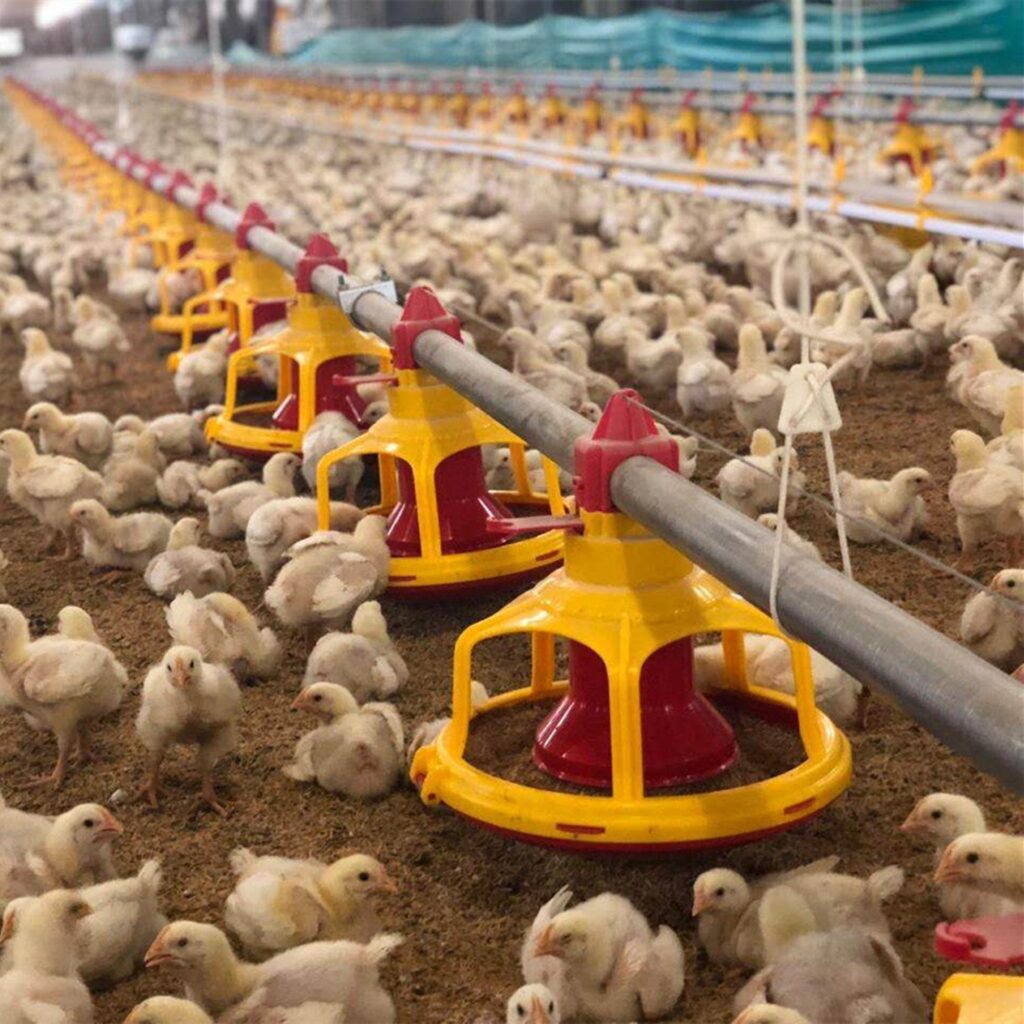

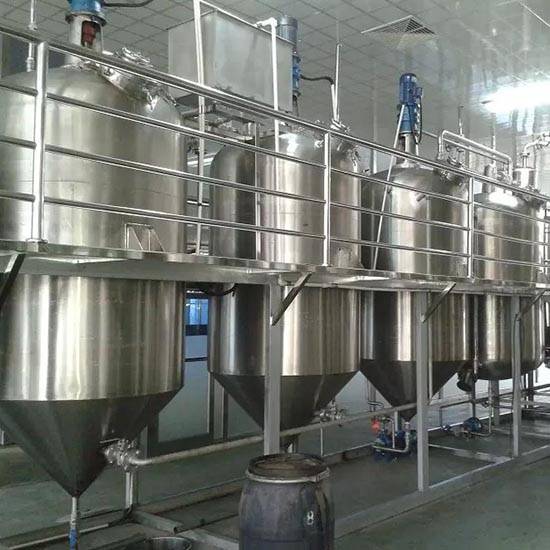
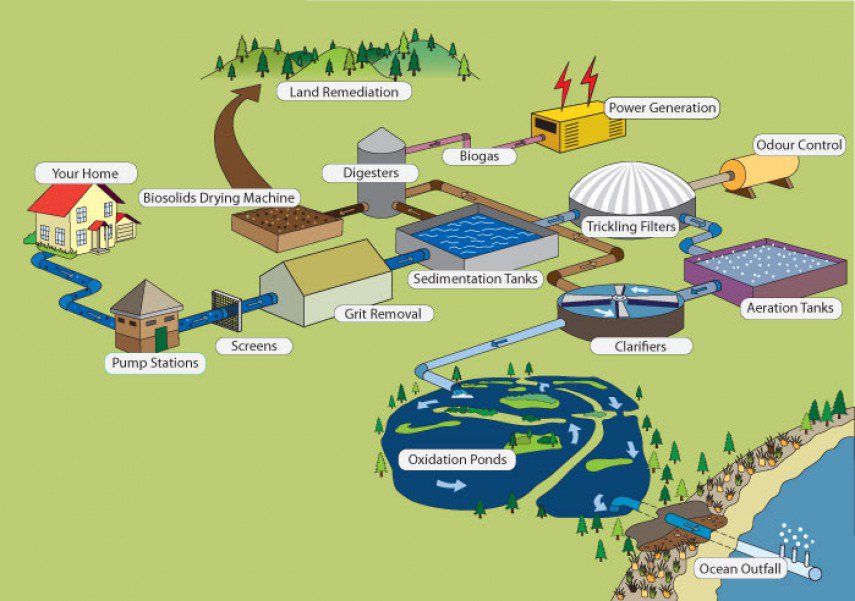
Biogas Plant: The Principle
The waste food is segregated and brought to the Biogas plant site in different bins and containers. These are then loaded onto a separating platform and any other stuff that is not required is segregated and removed.
Preconditioning of Waste
The waste that has been segregated is now loaded on to a Processing or loading table. Now the waste would be fed into the crusher unit. Water in 1:1 proportion is now mixed into this waste so that slurry is prepared.
The slurry is now transferred into the primary digester to proceed with the digestion.
Pre-Digester
This biogas technology works on the Triphasic decomposition of waste.
The first stage of this process is the Hydrolysis, where microorganisms break the high molecule chains into smaller ones, a process which makes decomposition easy.
After the crusher job has been done the waste now moves into the pre digester where acidification of the waste starts. In this process, mesophilic aerobic bacteria change the organic feed material and convert them to multiple organic acids.
Secondary Digester
Next, we come to the main digester where all the methane-producing bacteria converts’ organic acids formed into Methane, CO2, H2O, H2S & digested sludge. Biogas thus is a combination of the vapors of all these gases.
Bio Gas Plant at a glance
Principal of operation
The time required to process the batch
Area requirement
Ambiance & surrounding of the system
Hygiene
Anaerobic Digestion to Produce Methane
One day after stabilization
Smaller footprints
Neat & clean system
Since this is a closed loop system hence more hygienic
By-products
1.Bio Gas
2.Electrification (depends on the quantity)
3.Organic Fertilizer
4.Manure
The utility of by-products
1.Cost saving in LPG consumption
2.Reduction in electricity consumption
3. An eco -friendly alternative to chemical fertilizers
4.Can be used for farming & gardening
Environmental aspects
This Eco-friendly system makes the processes of transportation & disposal of waste effective and easy for the environment and also allows usage of renewable fuels. Using these value-added byproducts you can achieve a lot more than you can imagine.
Utility consumption
In this process, the utility requirements of water & electricity are less because we use the available treated wastewater from the existing sewage treatment plant. These can be used in the slurry preparation which reduces the water consumption. Moreover, this is an anaerobic process (i.e. works in absence of air hence the energy that would be required for the decomposition is less as compared to other aerobic processes)
[popup_anything id=”723″]
